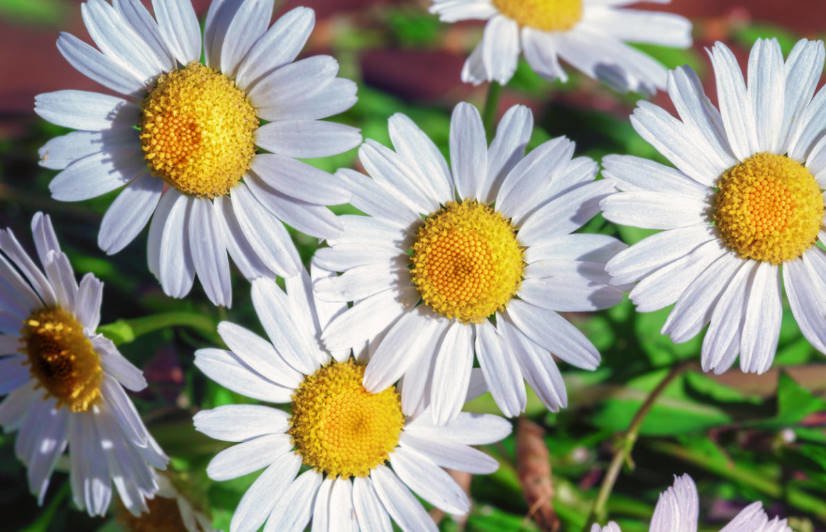
Continuing the theme of daisies, today we will talk about those of their representatives, which we all just used to consider daisies. About those, without which it is impossible to imagine the summer: blooming in the meadow yellow-eyed simpletons, loved by many flowers, so cute and touching.
And just no, it’s not daisies! Their correct name is Leucanthemum.
Well, let’s get acquainted with Leucanthemum for real. In Latin, the name sounds like this: Leucanthemum. Such a long Latin word was formed from two: “leukos” means white, and “anthemon” is translated as a flower. This plant-herbaceous perennial, belongs to the genus Leucanthemum all of the same large family of Asters.
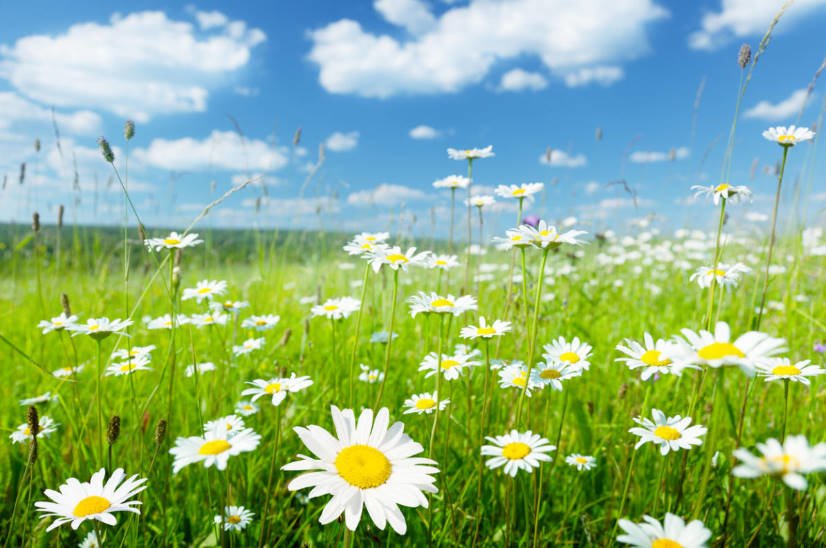
The genus is small, only 20 species that live in Europe, mainly in East and Asia. In countries such as America, Australia and New Zealand. Grows everywhere-in the fields, meadows, forests along the edges and along the roads.
Botanical description
Everyone knows what Leucanthemum looks like, and yet we’ll see how botanists describe This plant. The height of the stem, which bloom inflorescences, having the form of baskets, can be from 20 to 80 cm in different species. Stem erect, a little branching. Usually the plant forms a root rosette of leaves-simple, somewhat oblong with notches at the edges. Rosettes grow from the stems-the stems, on the same Bush there may be many. Rhizome short, fibrous.
Inflorescence basket (from 3 to 6 cm in diameter) is formed by two types of flowers: the edges of the white petals – a reed, and in the center of the yellow flowers, the so-called tubular. Seeds ripen quickly and in the same year give self-seeding.
Leucanthemum vulgare
Leucanthemum vulgare. It can be found in every meadow, along the road and in a forest clearing. The height of its flowering shoots can be up to 80 cm, blooms from late may to almost mid-July.

Such a flower could not be left without attention of gardeners. Breeders began to use Leucanthemum to create varieties with larger and even Terry inflorescences. Consider the most interesting varieties of Leucanthemum vulgare.
- Maxima Kenig
The variety has high bushes-up to 100 cm. Inflorescences are quite large, about 12 cm, reed white flowers are arranged in 2 rows; in the middle — dark yellow tubular flowers. The plant blooms abundantly and for a long time, starting in mid-July, approximately a month and a half.
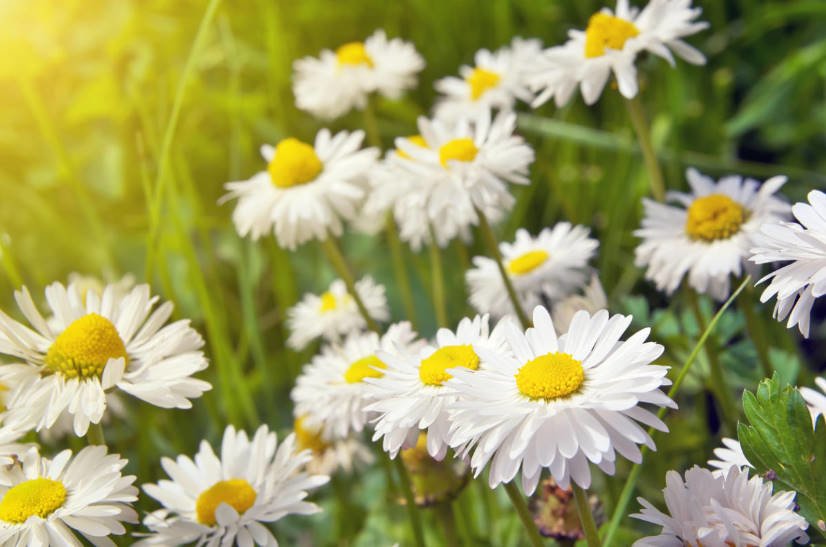
- May Queen
Low plant-about 40-50 cm. white Flowers, decorative leaves: shiny and elastic, dark green, form a beautiful dense rosette.
- San-Souci
Bushes about 100 cm in height. Baskets of white flowers are large, double, arranged in 6-8 rows; the middle is yellow. Blooms from mid-July to late summer.
Leucanthemum maximum
Homeland Leucanthemum maximum-Pyrenees. The species has a large number of branching shoots from 50 to 100 cm long and shortened rhizome. Baskets are large-10-12 cm in diameter. There are Terry forms in which the reed flowers of white color are arranged in many rows, and the Central tubular crowned with white frills, as a result of the inflorescence obtained fluffy, reminiscent of chrysanthemum.
This species differs from others quite late flowering, which begins in the second half of the summer and lasts until frost. This is due to the fact that the plant forms new shoots throughout the season. But this feature makes it very vulnerable to adverse weather conditions. Therefore, more often this species is grown as a biennial flower.
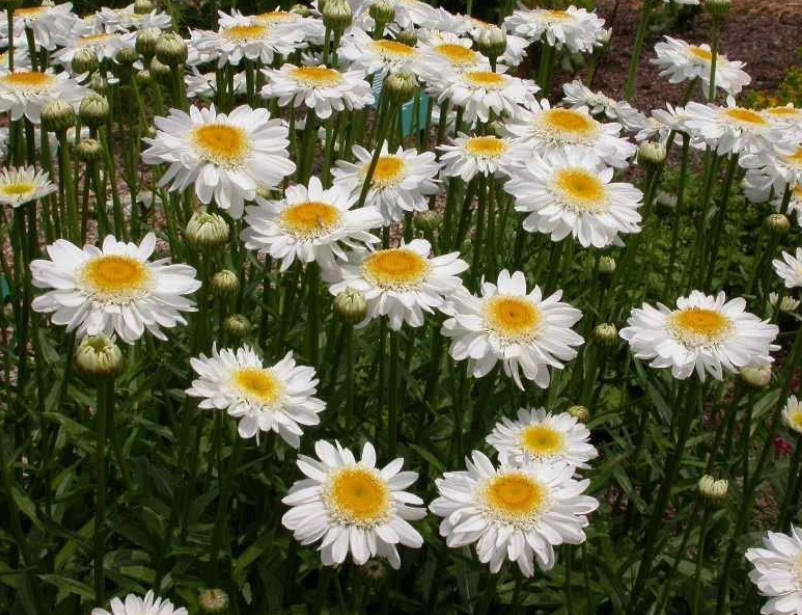
Has a variety of varieties:
- Alaska
Of all the varieties of Leucanthemum most this one has taken root in Russia, was very stable in our climate and long-lived. Basket up to 10 cm in diameter, white petals (reed flowers) are arranged in a row.
- Вееthoven
Plants have a low (about 50 cm), but lush Bush.
- Christine Hagemann
Forms luxuriously blooming bushes, large baskets, good vase life.
- Snow Lady
Inflorescence-basket is quite large (about 17 cm in diameter). It is loved by English gardeners and grown as an annual.
- Gruppenstolz
Low plant, up to 50 cm baskets in white, simple.
- Little Princess
This undersized (15-20 cm) chamomile is very elegant, has large dazzling white flowers.

Lack of varietal Leucanthemum-their fragility. In addition, long blooming takes a lot of energy, and plant shallow. They are unstable even in the middle band and need constant renewal. Propagated by seeds, they also do not work, as the plants lose their characteristic features.
- Winner
Very long-lived and stable variety, will bloom for two months in June-July. Bush tall – up to 120 cm, strong, strong stems densely planted with leaves, do not decay. Forms large white baskets up to 12 cm, reed flowers form 2-3 rows. Gives seeds. Grows up to 10 years without division and transplantation.
Leucanthemum superbum
Leucanthemum superbum is a complex hybrid, obtained in the late XIX century by the famous Luther Burbank by crossing different types of”daisies”. It is considered to be a separate species. It is a large tall plant with large white blossoms with a Golden center, has a variety.
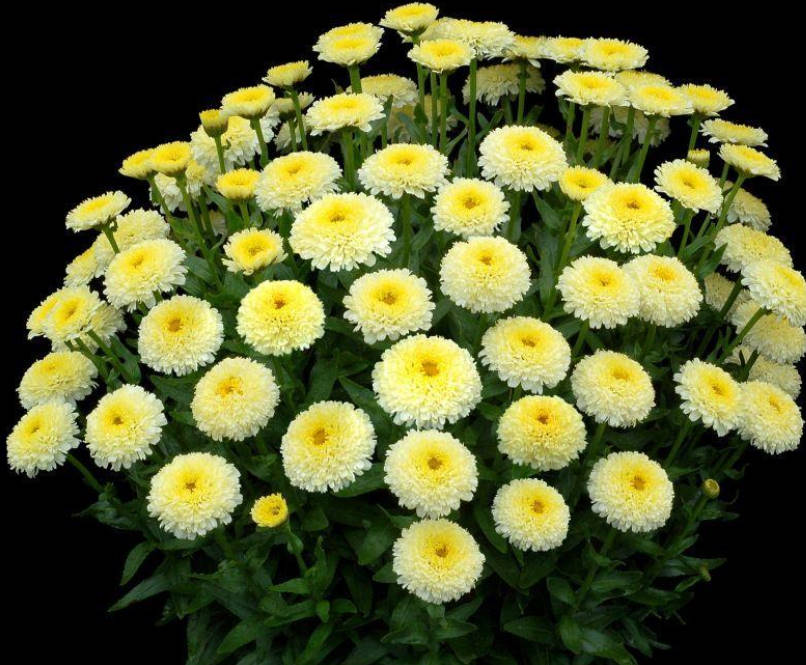
Leucanthemum kurilense
Leucanthemum kurilense lives in the East, its homeland is the Kuril and Japanese Islands. Grows on stones, rocky talus, on the sandy beach. Low plant – up to 20 cm, with large white baskets with a diameter of about 8 cm
Hybrid Leucanthemum
The latest developments of scientists in terms of selection of beautiful daisies are hybrid varieties obtained from crossing different Leucanthemum: ordinary, largest, magnificent and others.
These hybrids took all the best properties of their ancestors in terms of appearance and stability, strength and longevity. They’re really great.
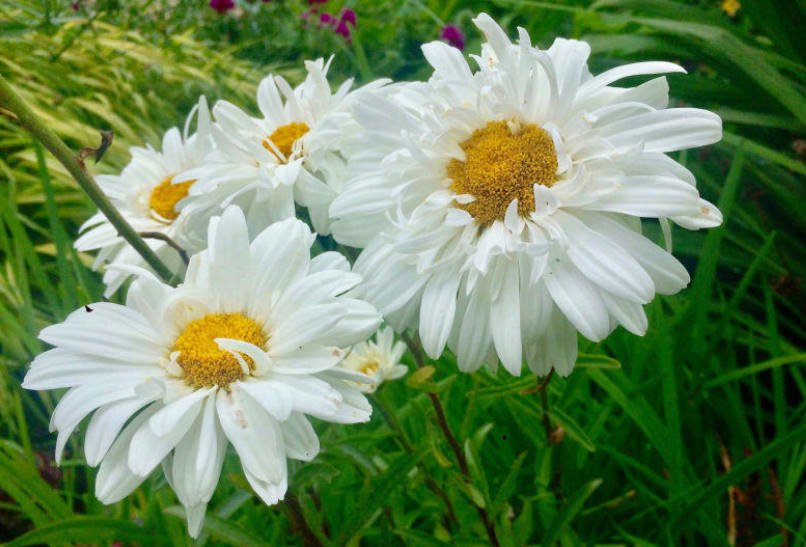
For example, the variety of the bride’s Veil is almost indistinguishable from chrysanthemum – a snow-white and thick-purple flower. Fiona Coghill — creamy‑white petals creates gorgeous pompon with yellow-green center.
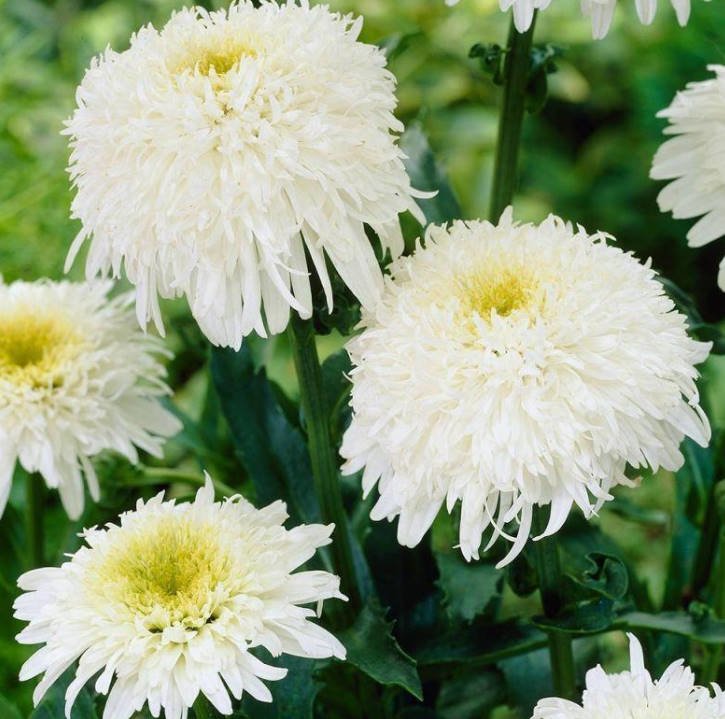
How to grow Leucanthemum
It is better to choose varieties Of leucanthemum common, as Leucanthemum largest and especially its varieties are very capricious. A place for Leucanthemum should take the open, in the shade it will not grow. Garden chamomile is capricious and in relation to the soil: does not tolerate heavy soils with clay and lowland areas.
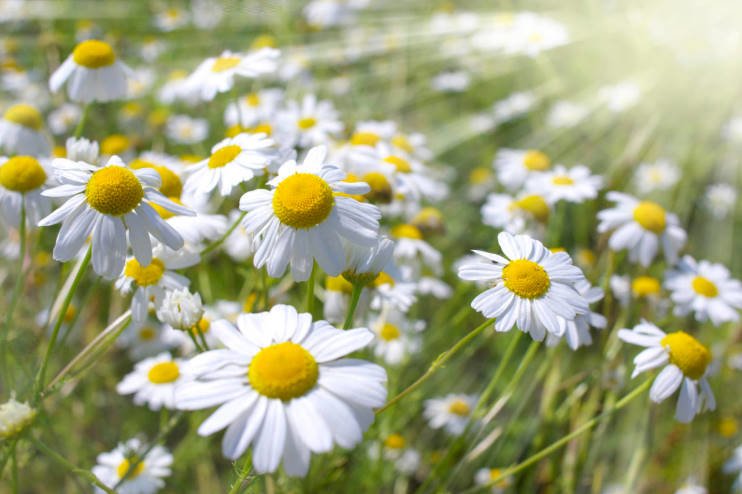
The soil should be well prepared, it should be drained, deeply digged and fertile. If you plant Leucanthemum in a poor dry land, the flowers will become small, and the flowering is not so abundant. So, if the land is not rich in organic matter, it should add humus or compost – up to 20 kg per 1 sq.m. after planting, it is desirable to mulch the Bush with any material – compost, peat, sawdust, wood chips.
Maintenance
Varietal Leucanthemum quite demanding and care. Especially important for them is timely watering, they like moist, but not excessively damp soil. On moderately moist, organic-rich soils, their inflorescences become larger and brighter. In the dry summer, the plants must be watered, otherwise the flowers are crushed.

Leucanthemum is very responsive to fertilizer application. They can be fed with manure. When the end of flowering, shoots with drying baskets should be cut to the appearance of plants is not affected. Once again to feed the Bush, pour mulch-surrounded by such care Leucanthemum will certainly please you with repeated flowering.

In autumn cut off the above-ground part of the plants. The most valuable sorts are covered in winter with dry leaves, sawdust or peat, a layer of shelter needs to be up to 15 cm.
The division of transplantation
It is best to grow Leucanthemum as biennial. In another case, to share their need 3-4 years of cultivation, or one of no very great moment, we discover that the plant has disappeared altogether.
The best time to divide is spring. The plants are dug up and cut into pieces so that on each plot there are several new kidneys. Planted in deep holes, not less than 20 cm, which are placed at a distance of 30-40 cm from each other. When planting in autumn, it is possible that the plants will not survive the winter.
Leucanthemum can be propagated and cuttings. To do this, take a small root rosettes with part of the rhizome and deposited in the prepared loose soil. The best time is July-August.
Seed reproduction
Sowing seeds can be carried out in the fall immediately in the ground, and in the spring-better in greenhouses. When spring planting seedlings may appear quickly, after 2-3 weeks, the seedlings bloom only the next year.
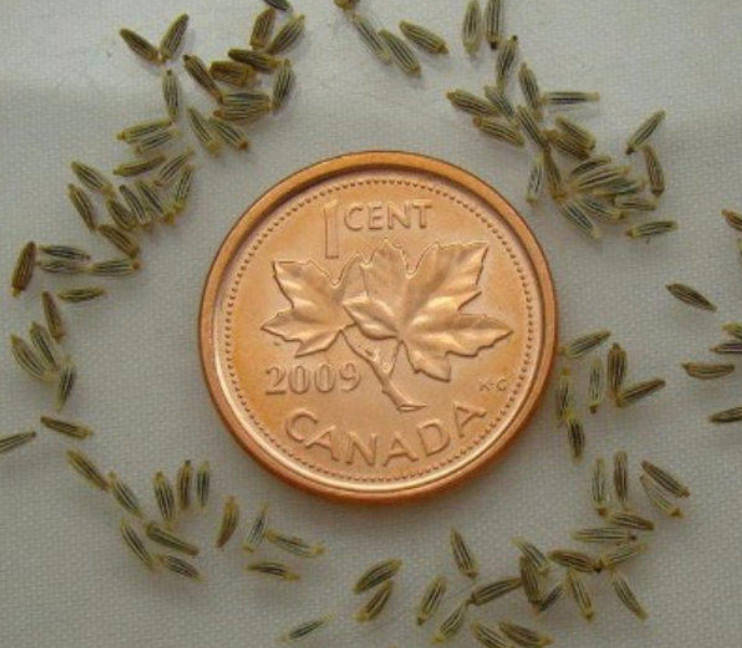
But it is necessary to know that Terry varieties almost do not transfer their varietal properties when propagated by seeds: Terry is not preserved.
Diseases
Leucanthemum can be affected by diseases, especially in wet and cool weather. They have rot of the stem and Fusarium wilt, can be bacterial cancer and various spots, as well as powdery mildew.
If you notice that the leaves have spots of brownish color, it is better to immediately, without waiting for the development of the disease, to process. With strong damage, it is better to cut off the above-ground parts and burn, then healthy plants will grow again.
Partners for Leucanthemum
In the garden of Leucanthemum will look beautiful next to the bushes and in groups with other “daisies”, especially on the lawn. Well combined with various plants from the garden “country” – cornflowers, poppies, bells, delphiniums.

In addition, they are very well kept in cutting – up to 10 days. Strong long peduncles and large inflorescences can be obtained with the annual division of the Bush and when grown on very fertilized, moist soils. But it should be remembered that in such conditions, plants may be subject to the above diseases.
And let us plant in your garden of beautiful daisies – Leucanthemum!
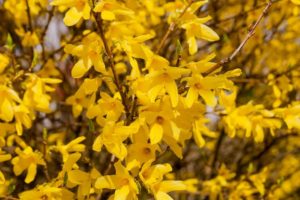
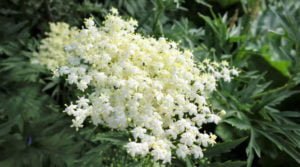
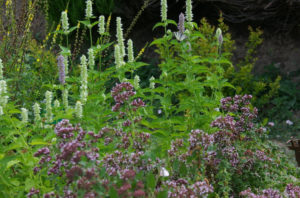

Leave a Reply